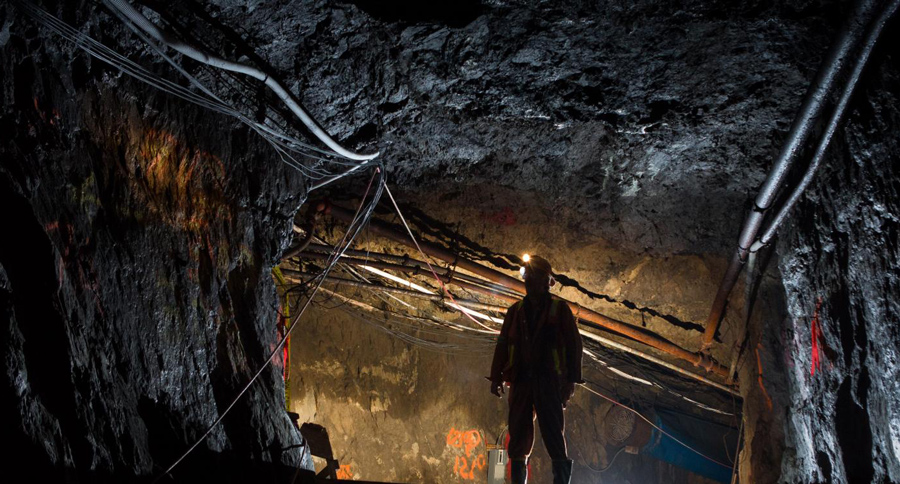Safeguarding Health And Safety At Canada’s Giant Mine

From 1948 to 2004, owners of the Giant Mine in Yellowknife, Northwest Territories, Canada, extracted more than 7 million ounces of gold. These riches left behind significant contamination – as much as 237,000 tons of arsenic trioxide dust, as well as large amounts of arsenic contaminated tailings and soil. What began as one of Canada’s richest gold mines soon became one of the largest environmental remediation projects in the country.
Parsons has worked with the Government of Canada to contain and manage the arsenic trioxide and protect human and environmental health and safety at the site since 2013. As part of the Site Stabilization Plan, the company removed more than 10,000 tons of arsenic trioxide from the mine’s roaster complex.
As contaminated materials were removed, remaining building components were sprayed with a glue sealant, making the highly contaminated area safe until further remediation efforts could be completed.
The final remediation phase will include continuing efforts to contain the remaining arsenic trioxide at the site through an innovative freezing system. Using thermosyphons, heat will be extracted from the ground using the passive heating and cooling cycle of carbon dioxide.
The chambers holding the contaminants will be surrounded by thermosyphons, freezing the ground to create a frozen shell that prevents contaminant release into the surrounding groundwater.
Thermosyphons are typically used to stabilize building foundations in the far North, but the project team will be utilizing this technology in a novel way – to freeze and secure thousands of tons of arsenic trioxide,” said Greg Sutherland, Vice President, Canada Environmental, Parsons. “The project team is anticipated to use approximately 700 thermosyphons to contain all 15 chambers, far more than the two or three used on most foundation stability projects.”
The remediation project also includes covering arsenic contaminated tailings; backfilling several open pits; construction and operation of a water treatment plant; and excavation and relocation of over one million cubic meters of contaminated soil.
When the project is completed, Giant Mine will undergo an adaptive management phase to verify that all objectives – including safeguarding the health and safety of the people and the surrounding environment – are met. An additional operations, surveillance and maintenance stage will include ongoing water treatment and monitoring at the site.